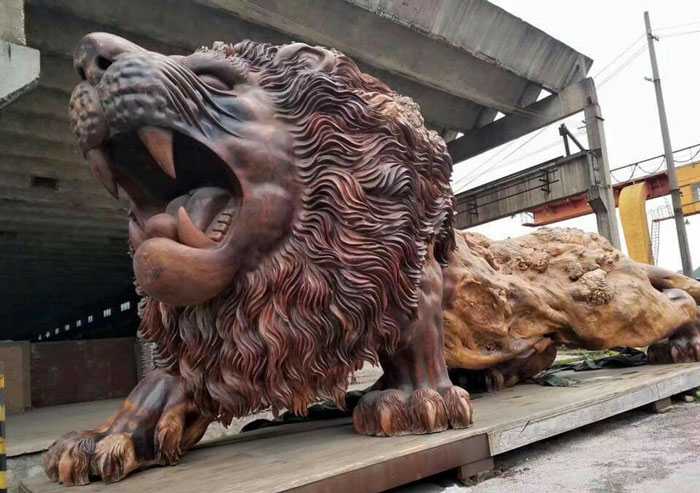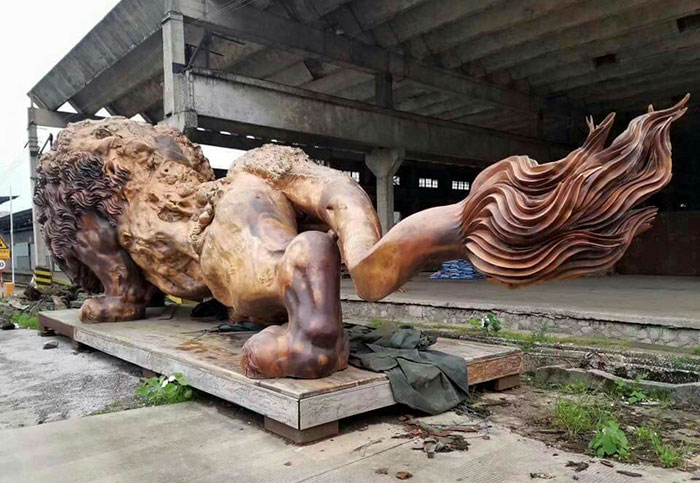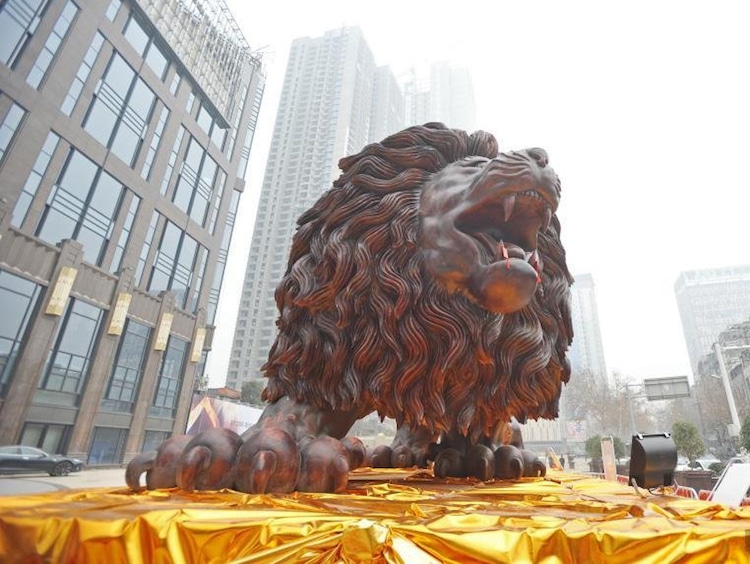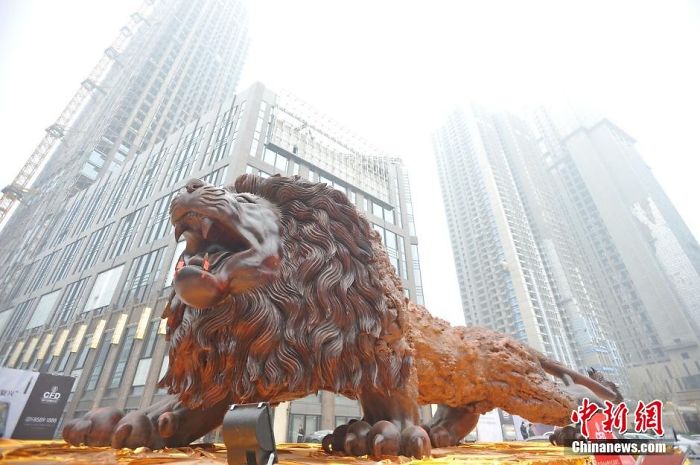Exuding strength and majesty, the lion is considered one of the mascots to bring peace and help ward off the evil spirits of Feng Shui. Therefore, in Eastern culture, every household often places a pair of symbolic stone lions in front of the house.
Lions occupy an important position in Chinese traditional culture. When Buddhism spread from India to China, it was seen as a protector. That's why lion statues are placed at the gates of royal palaces, including the fabled Forbidden City in Beijing.
Today, lion statues are also placed in front of restaurants and hotels. Because according to the belief, when you put a lion in front of the main gate, it can exorcise evil spirits.
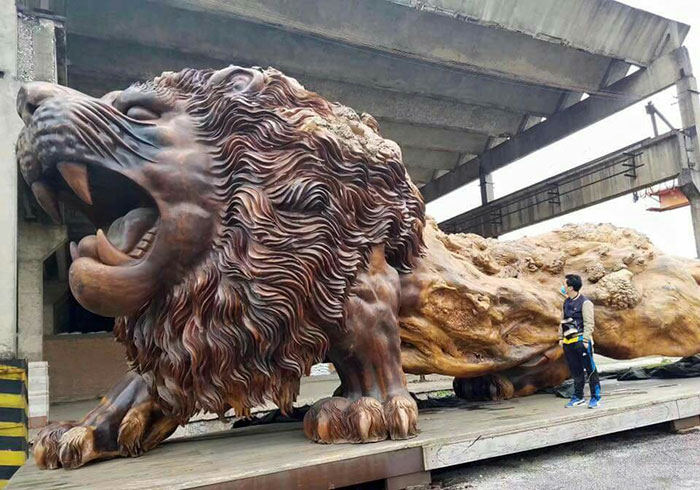
Therefore, when this giant wooden lion was born, Feng Shui lovers could not take their eyes off its majestic appearance. Before it was exhibited at the CFD Times Financial Center Plaza in Wuhan, Hubei Province, China, it caused considerable controversy on social networks.
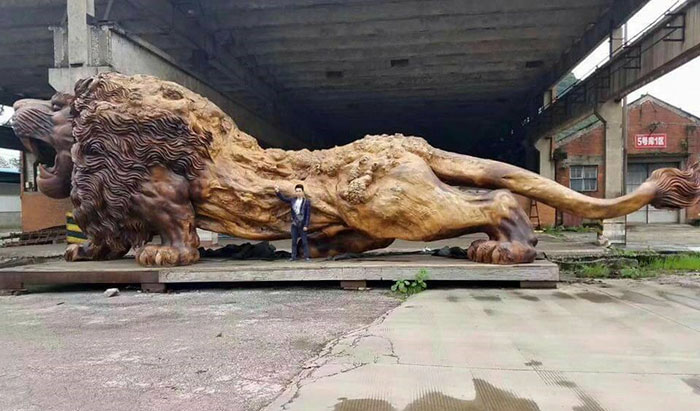
Known as the Lion of the East, this giant lion statue is the work of sculptor Deng Ding Ruiyao. It is understood that it is 5 meters high, nearly 15 meters long, and 4 meters wide.
The most special thing is that the Oriental lion is cut down from a tree without grafting. Most of the statues retain the inherent roughness and ruggedness of the logs. Only the head, paws, and tail are polished.
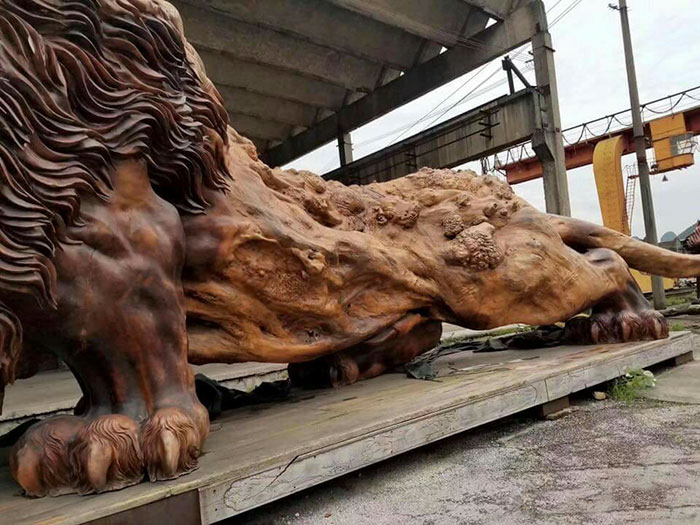
However, the secret of wood has not been revealed by the author so far. However, based on the grain of the wood, many experts believe the statue was made of Mizumori wood, a pine family native to the Sichuan region of the country's Hubei province.
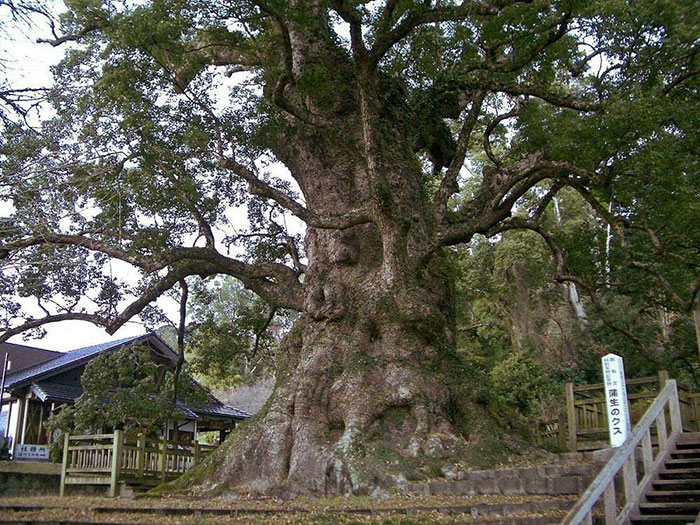
For three years, Rui Yao and a group of 20 carvers worked hard in Myanmar. After completion, it traveled 5,000 kilometers to China in December 2015.
